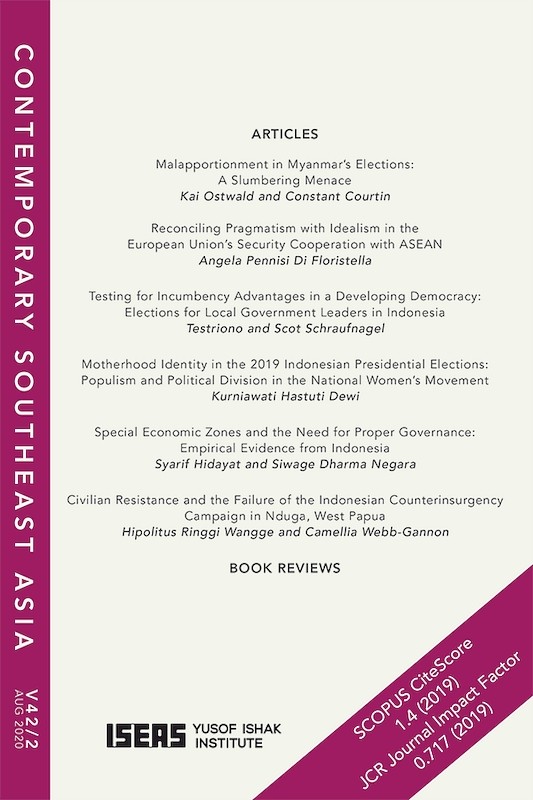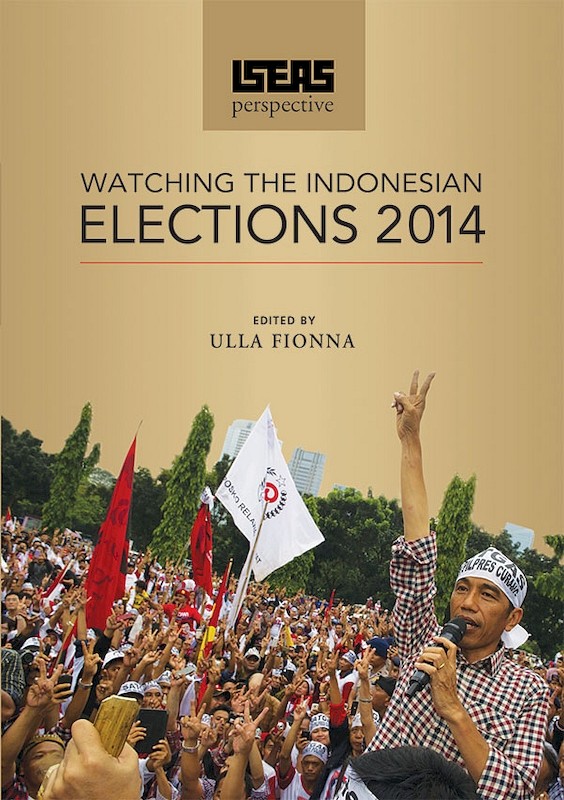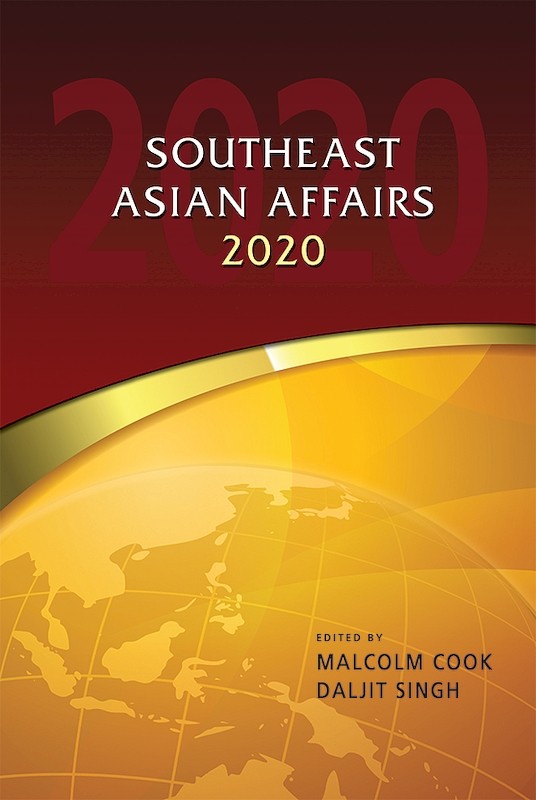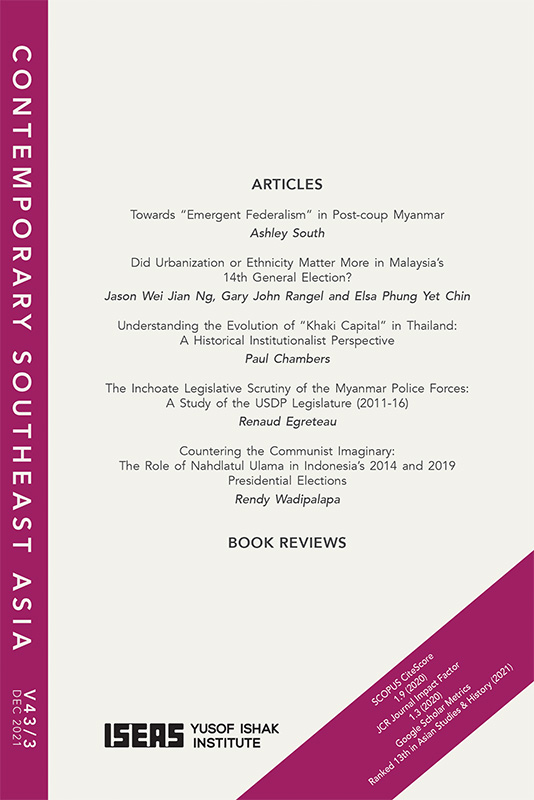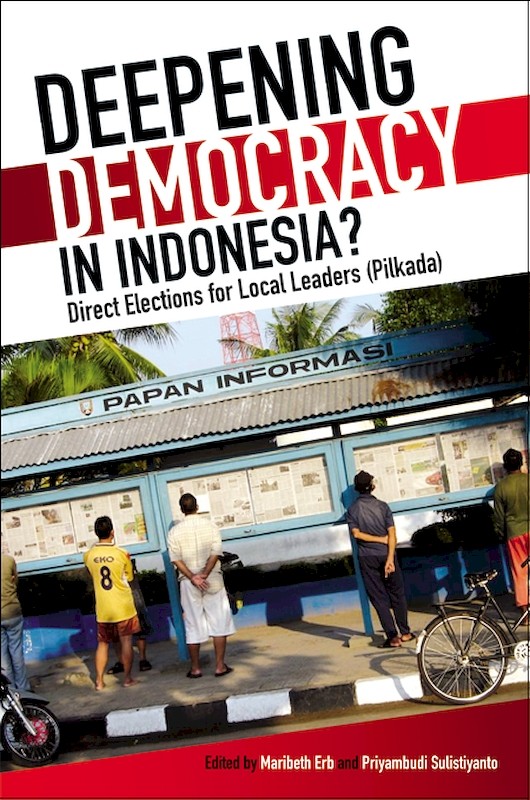The Jokowi-Prabowo Elections 2.0

Date of publication:
2022
Publisher:
ISEAS – Yusof Ishak Institute
Number of pages:
293
Code:
PIC289
Soft Cover
ISBN: 9789815011364
About the publication
On 17 April 2019, Indonesians marched to the polls to elect their president and vice president directly for the fourth time since 2004. The main contenders for the presidency—Joko “Jokowi” Widodo and Prabowo Subianto—were the same as when they first clashed in 2014, and the result was the same. Some of the issues raised in 2014 were rehashed in 2019, and the geographical polarization of voters had deepened along the same fault lines. There is a case for arguing that 2019 was a replay of the 2014 elections, hence the title of this book. But “2.0” also signifies progression, since nothing is ever exactly the same. 2019 has seen the intensification of cyber-politics, and the curious outcome where former opponents on the electoral battlefield, as featured on the cover of this book, ended up as colleagues in the same cabinet. This volume provides incisive analyses of the dynamics of the elections from multiple perspectives, from what is new (cyber-politics) to what persists (identity politics), from the constituencies that cut across national demographics to the regions and their peculiarities. The insights drawn out in this volume will serve as a guide for understanding the next presidential and parliamentary elections in 2024 and beyond.
Contents
-
The Jokowi-Prabowo Elections 2.0
[Whole Publication, ISBN: 9789815011371], by Hui Yew-Foong, Made Supriatma, editors -
Preliminary pages
-
1. The 2019 Indonesian Elections: A Political Déjà vu?, by Made Supriatma, Hui Yew-Foong, authors
- PART I: DEMOCRACY, CYBER-POLITICS AND DISINFORMATION
-
2. The 2019 Election as a Reflection of the Stagnation of Indonesian Democracy?, by Firman Noor, author
-
3. Understanding Indonesia’s Democracy: Class, Cliques and Politics After the 2019 Elections, by Max Lane, author
-
4. Politics of New Tools in Post-truth Indonesia: Big Data, AI and Micro-targeting, by Okamoto Masaaki, Kameda Akihiro, authors
-
5. Disinformation, Post-election Violence and the Evolution of Anti-Chinese Sentiment, by Quinton Temby, author
- PART II: CONSTITUENCIES
-
6. The Political Economy of Polarization: Militias, Street Authority and the 2019 Elections, by Ian Wilson, author
-
7. Unions and Elections: The Case of the Metal Workers Union in Elections in Bekasi, West Java, by Amalinda Savirani, author
-
8. The Power of Emak-Emak: Women and the Political Agenda of Islamic Conservatives in Indonesia’s 2019 Election, by Dyah Ayu Kartika, author
-
9. Chinese Political Participation Since Independence: Between National Identity and Ethnic Identity, by Leo Suryadinata, author
- PART III: REGIONAL DYNAMICS
-
10. “Awakening the Sleeping Bull”: Central Java in the 2019 Indonesian Elections, by Budi Irawanto, author
-
11. Lessons from Madura: Nahdlatul Ulama, Conservatism and the Presidential Election, by Ahmad Najib Burhani, author
-
12. Religious Binarism and “Geopolitical” Cleavage: North Sumatra in the 2019 Presidential Election, by Deasy Simandjuntak, author
-
13. Money or Identity? Election Insights from South Sumatra and Lampung Provinces, by Made Supriatma, author
-
Index

